F1 engineers push boundaries harder than your Netflix algorithm pushes true crime documentaries. These brilliant minds create innovations so effective they threaten the sport’s competitive balance and sometimes its very soul.
When the FIA drops the ban hammer, you know someone struck gold. Some of these technologies dominated so completely, regulators had no choice but to pull the plug before they broke Formula 1 forever.
10. Ground Effect

Lotus borrowed aircraft principles to suck cars onto tracks. Wing-shaped sidepods and sliding skirts created massive downforce through physics, not brute force.
Cornering speeds increased dramatically until dangerous “porpoising” emerged. The FIA banned ground effect in 1983—safety trumps speed, usually. This aerodynamic revolution transformed car design fundamentally. The underbody tunnels created low-pressure zones beneath cars, providing “free” downforce with minimal drag penalties. The technology acted like an invisible hand pulling cars earthward. However, ground effect led to dangerous oscillations and tire failures at high speeds. Current F1 regulations post-2022 have reintroduced controlled ground effects safely.
9. Tyrrell X-Wings
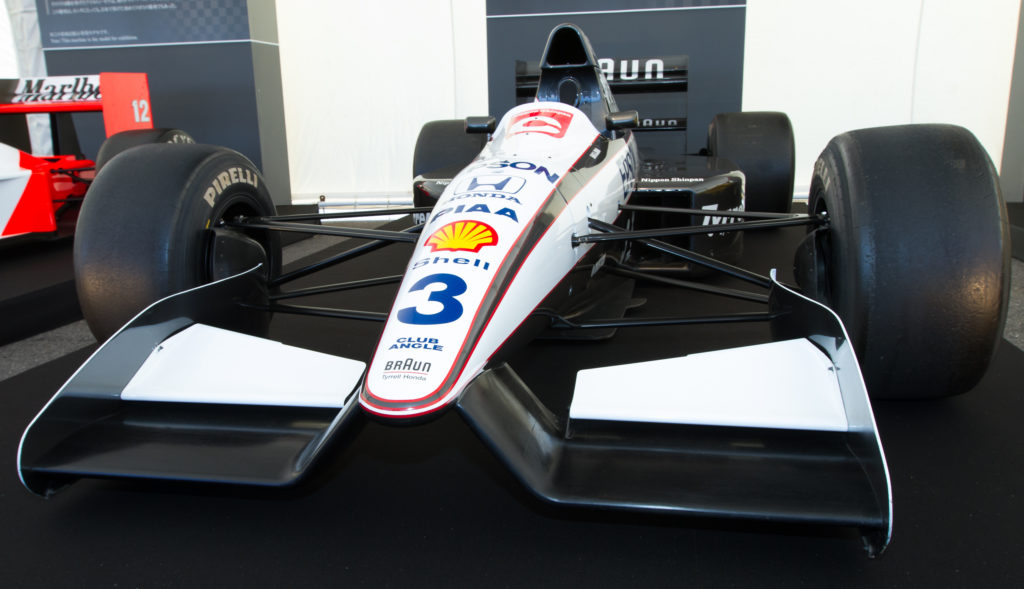
Critics called this the ugliest F1 car ever. Tyrrell bolted upright wings to sidepods for extra downforce without drag penalties.
Several teams copied the design before the FIA banned them in 1998 for safety and aesthetic reasons. Apparently ugliness is a performance disadvantage. These aerodynamic devices generated additional downforce through bolt-on simplicity. Adrian Newey avoided them at McLaren, considering them inelegant solutions. The wings improved mid-corner grip but raised safety concerns about visibility and pit lane risks. The FIA cited both safety hazards and visual impact when outlawing them. Sometimes form matters as much as function in Formula 1.
8. Active Suspension
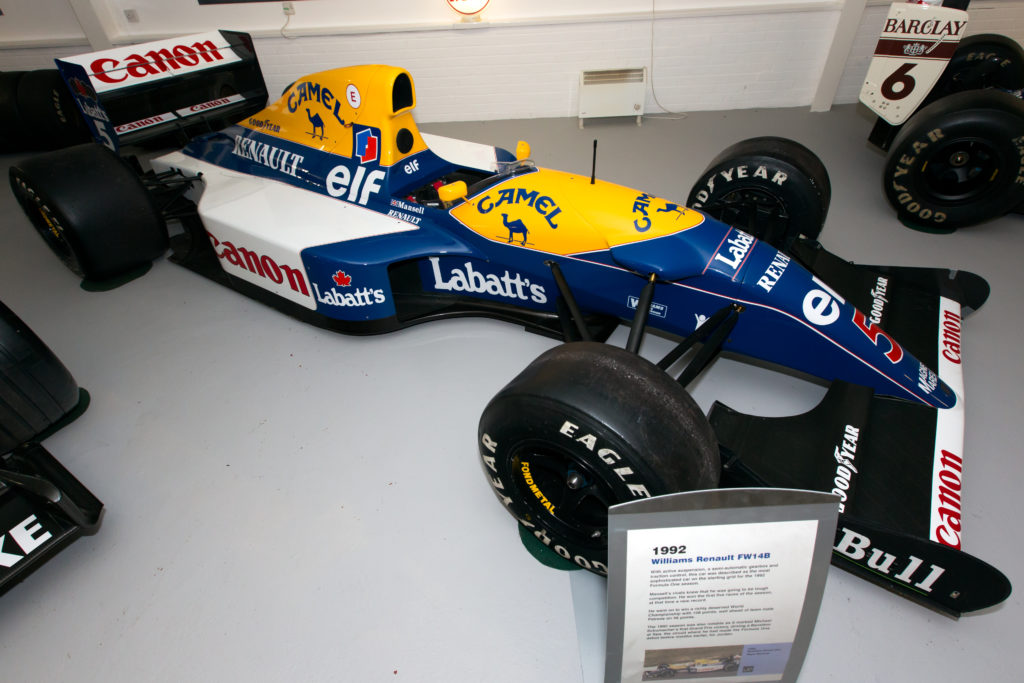
Williams perfected what Lotus started: suspension that thinks for itself. Their FW14B danced through corners like a ballerina with physics homework.
The car maintained perfect ride height and tire contact regardless of G-forces. Critics called it too easy—apparently excellence offends some people. The hydraulically-controlled active suspension system offered unprecedented vehicle control, maintaining optimal aerodynamics constantly. Benefits included lower drag coefficients and consistent performance. Lotus experimented in the 1980s, but Williams dominated with it in 1992. The FIA banned it in 1994 along with other electronic aids, aiming to restore driver influence over pure technology.
This pattern of introducing and then restricting technology isn’t unique to racing—many banned car features throughout automotive history have similarly disappeared due to safety concerns or competitive advantages.
7. Mercedes DAS System
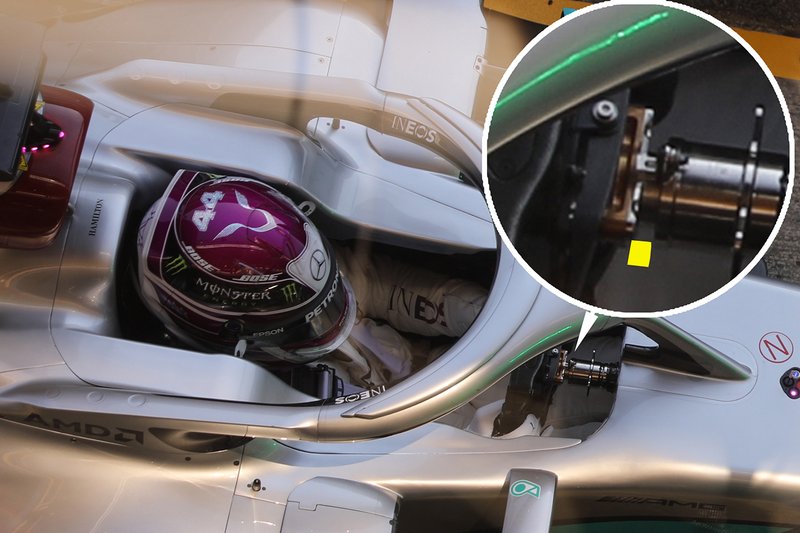
Push-pull steering sounds simple until you realize it adjusts front wheel toe on the fly. Mercedes’ DAS system improved tire warming and straight-line speed.
The system was legal in 2020 but banned for 2021. One season of advantage—barely enough time to recover development costs. The dual-axis steering allowed real-time front wheel toe adjustment through steering wheel manipulation. This enhanced tire temperature control and provided subtle aerodynamic advantages. The FIA declared it legal initially but updated regulations to prohibit such systems for 2021. Red Bull protested unsuccessfully during the 2020 season. Mercedes’ technical ingenuity was widely admired despite its brief competitive lifespan.
6. Traction Control
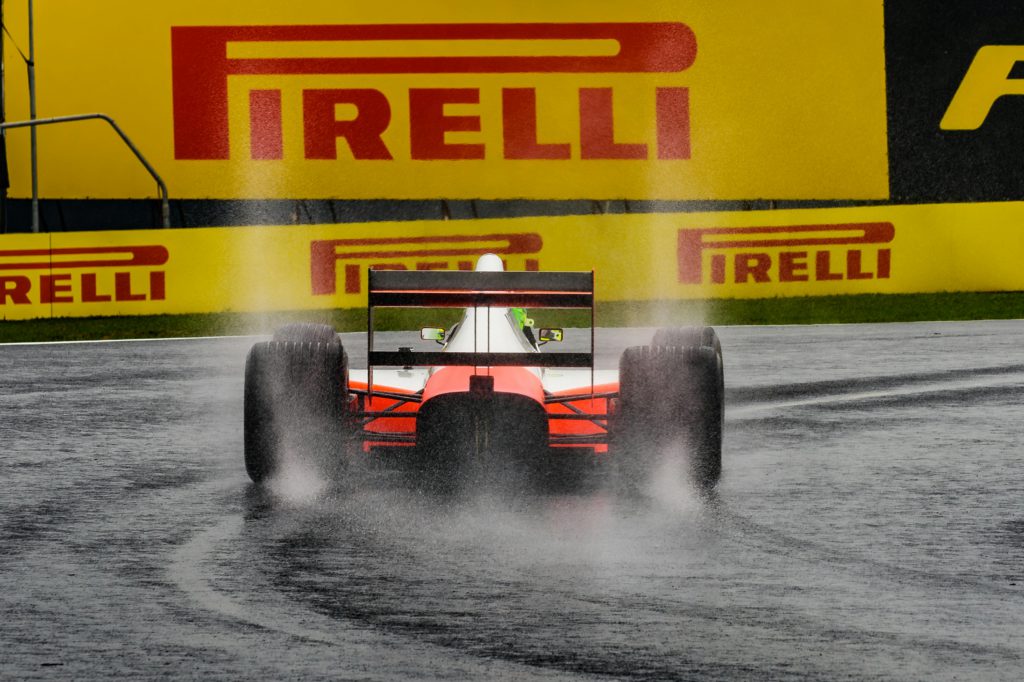
Electronic babysitters aren’t just for kids—they’re for 200mph missiles too. Traction control managed wheelspin like your mom managed your allowance: strictly and effectively.
The FIA banned it in 1993, brought it back in 2001, then axed it again in 2008. Nothing says “we’re conflicted” like flip-flopping harder than a politician. Benetton faced allegations of secret use in 1994 during Schumacher’s championship run. The FIA found evidence of hidden software but couldn’t prove its actual use. The system helped drivers in wet conditions but critics called it skill-diluting. The final ban emphasized raw talent over technology assistance.
5. Brabham BT46B Fan Car
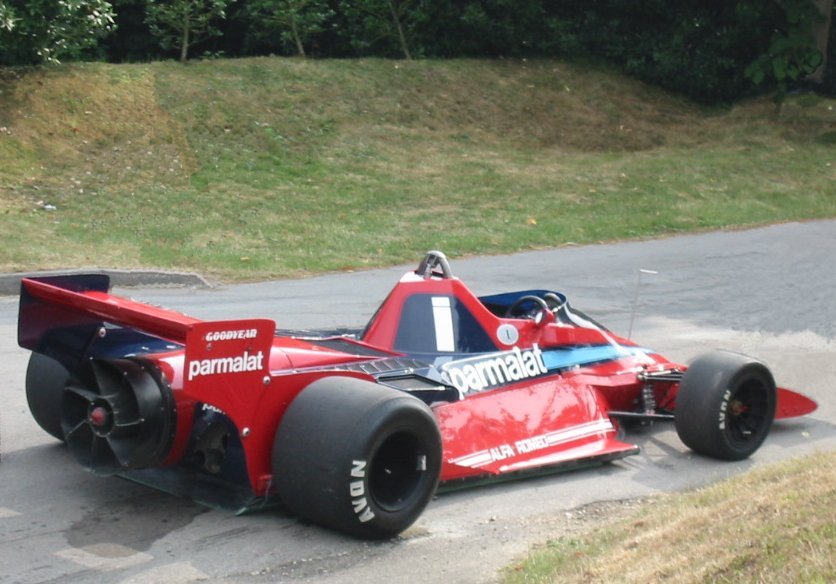
Niki Lauda dominated Sweden 1978 in a car with a massive rear fan. Brabham claimed it cooled the engine—technically true but spectacularly disingenuous.
The fan created ground effect suction that glued the car to asphalt. One dominant win later, Bernie Ecclestone withdrew it to avoid war. Gordon Murray designed this engineering masterpiece that exploited regulatory loopholes brilliantly. The fan extracted air from underneath, generating unprecedented downforce. Competitors protested vehemently after Lauda’s crushing victory. Rather than fight lengthy appeals, Ecclestone voluntarily retired the car diplomatically. The car wasn’t officially banned, but faced certain prohibition if it continued racing.
This clever design is just one example of how racing engineers push boundaries, similar to how today’s innovative vehicles continue to challenge conventional thinking in transportation.
4. BMW Rocket Fuel

Toxic fuel burns hotter than your ex’s Instagram stories. BMW’s 80% toluene blend unleashed over 1,300 horsepower in qualifying trim.
The fuel was toxic, expensive, and effective—basically the energy drink of motorsport. The FIA restricted fuel compositions for safety before someone died. Derived from aviation technology, this poisonous concoction helped BMW catch Renault’s turbo advantage. The unique formula boosted engine output significantly but required extreme handling precautions. This rocket fuel enabled BMW-powered Brabham to win the 1983 championship. The extreme power gains came with extreme risks, forcing regulatory intervention for driver and crew safety.
3. McLaren Brake Steer System

Extra brake pedals hit different when they’re steering your car. McLaren’s system let drivers brake individual rear wheels for sharper cornering.
Ferrari protested faster than you skip ads. The system got banned in 1998—political theater at 180mph. Charlie Whiting initially deemed it legal, praising its ingenuity. The third pedal reduced understeer and allowed tighter cornering through selective rear-wheel braking. Ferrari’s protest questioned whether it was primarily a steering system rather than braking aid. The FIA reclassified it as a four-wheel steering system, outlawing it immediately. McLaren’s competitive edge vanished overnight, proving politics trumps innovation.
2. Renault Mass Damper
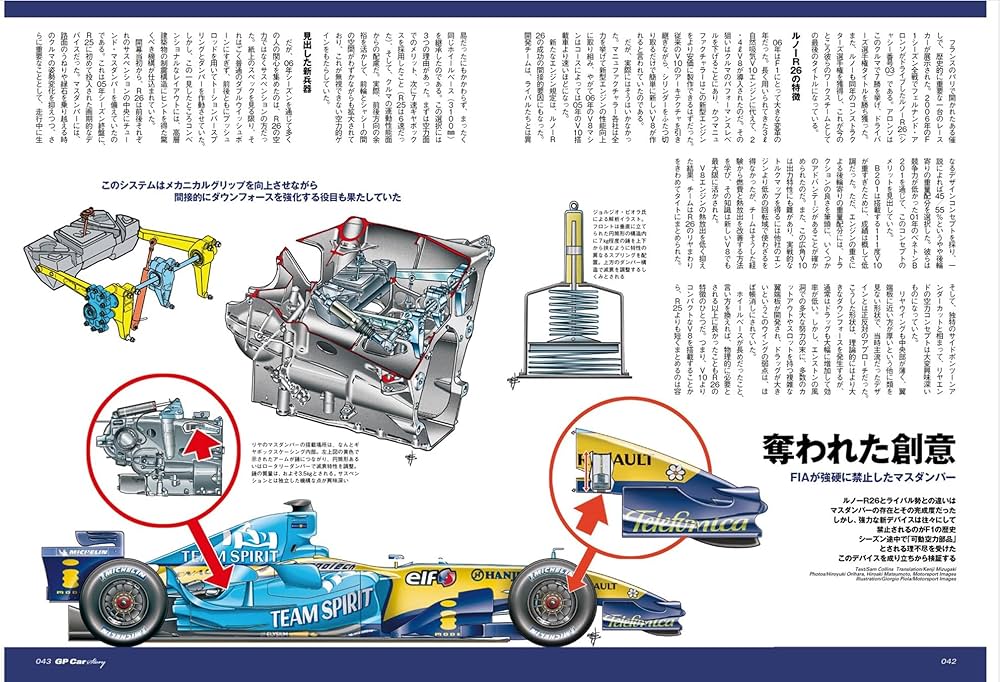
Flat tires ruin more than Sunday drives—they ruin championship hopes. Renault’s mass damper system tackled front tire bounce with surgical precision in 2005.
This clever cylinder housed a free-moving weight that absorbed vertical oscillations. The result? Better tire contact and lap times that made competitors sweat. The system added nine kilograms but improved performance significantly. Teams could tune each damper for specific circuits, especially effective with Michelin tires. The FIA banned it in July 2006, calling it a “movable aerodynamic device.”
1. Tyrrell P34 Six-Wheeler
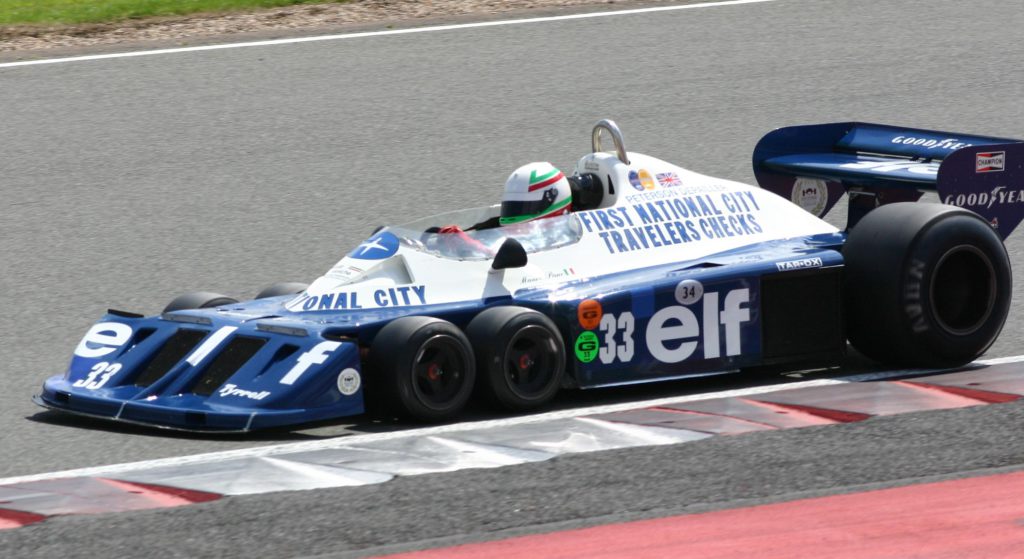
Four wheels work fine until someone asks “why not six?” Derek Gardner’s P34 featured four small front tires for better grip and braking.
The design won the 1976 Swedish Grand Prix before tire development stalled. Goodyear wasn’t interested in bespoke rubber for one weird car. The four small front wheels reduced frontal area while improving grip and braking performance. March attempted similar designs, Ferrari contemplated four rear wheels, Williams developed six-wheeled prototypes. The concept ultimately proved uncompetitive when tire manufacturers couldn’t justify specialized development costs. The FIA mandated four-wheel configurations starting in 1983, standardizing car designs permanently.





























